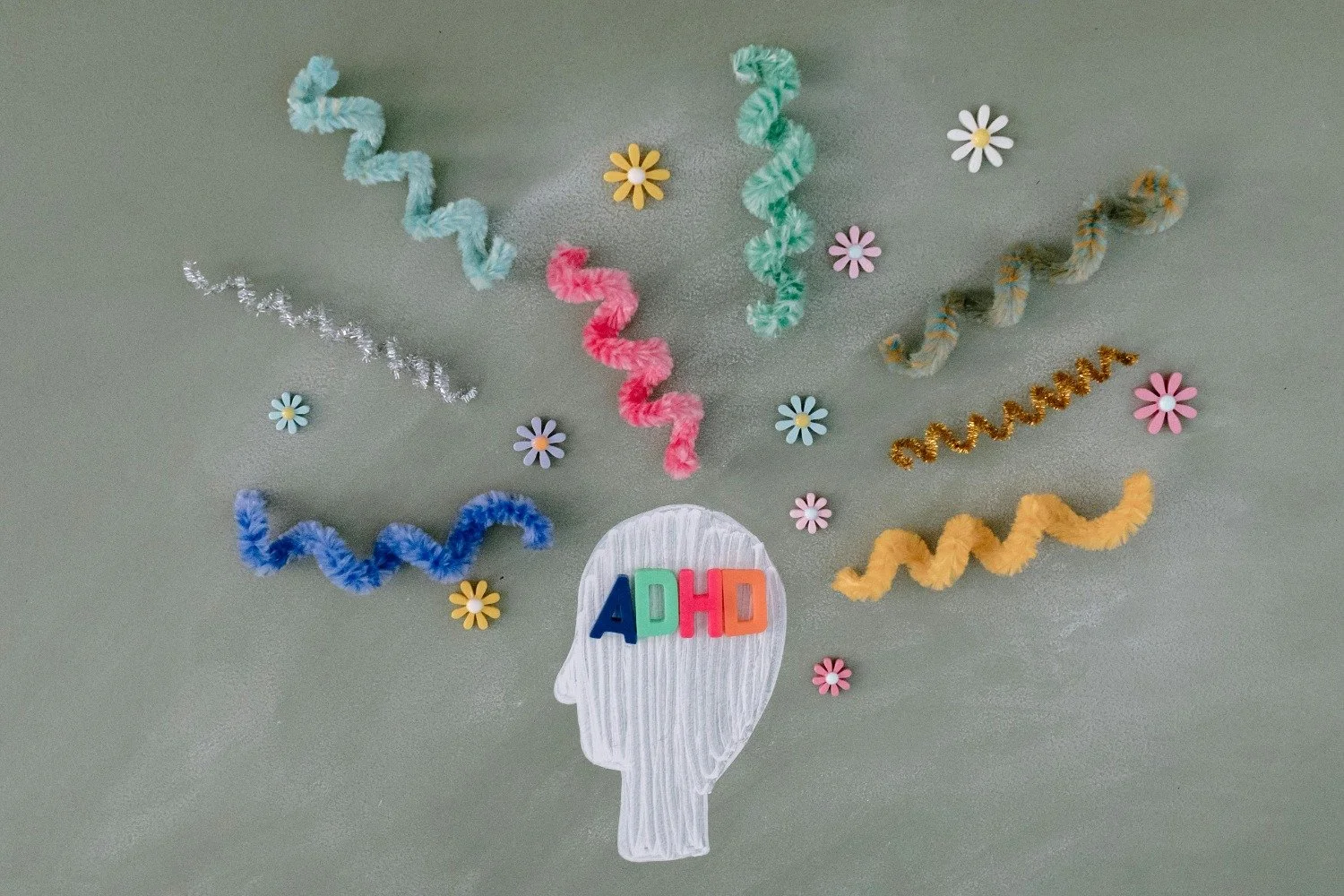ADHD Awareness Month: What You Need to Know About ADHD
Every October, we recognize ADHD Awareness Month, an important campaign dedicated to increasing understanding of ADHD and challenging the stigma that surrounds it. ADHD is short for Attention Deficit Hyperactivity Disorder, and it affects roughly 15.5 million adults living in the US and another 7 million children aged 3-17.
In this blog post, we’ll explore what ADHD is, how it differs from ADD, and address some of the most common myths and facts about the condition. We’ll also discuss what it’s like to live with ADHD, support strategies, and how treatment and support are available at Mae Mental Wellness.
What is ADHD?
ADHD is a common neurodevelopmental disorder that often begins in childhood and can persist into adulthood. It can also be diagnosed during adulthood. ADHD is a genetic brain-based disorder characterized by difficulty regulating the brain’s executive functioning skills due to chemical and structural differences in the brain. These skills include attention, memory, concentration, organization, motivation, effort, impulsivity, hyperactivity, and social skills. It is estimated that worldwide, about 360 million adults have ADHD (add.org).
How is ADHD Different from ADD?
Though their abbreviations are sometimes confused, ADD, or attention deficit disorder, is considered an outdated term because it limits diagnosis to just attention deficits. Today, doctors diagnose patients with one of the three sub-types of ADHD: predominantly inattentive, predominantly hyperactive-impusive, or combined.
What are the Symptoms of ADHD?
Doctors diagnose patients based on the persistence of noticeable symptoms over a period of at least 6 months. Although ADHD can be diagnosed at any age, the persistence of symptoms must be present before the age of 12 and symptoms must be present in more than one setting – meaning they can’t just be limited to at home.
Inattentive ADHD
Children with Inattentive ADHD are not hyperactive, and are characterized by their difficulty to pay attention. Other symptoms include:
Trouble paying attention and staying on task
Struggling to follow through with instructions
Losing things often and being forgetful
Not appearing to listen when directly spoken to
Not paying close attention to details
Making careless mistakes
Hyperactive-Impulsive ADHD
With this form of ADHD, children are overly energetic and constantly moving. Because there are often more disruptions with this form of ADHD, it can be more noticeable than the Inattentive form of ADHD. Symptoms include:
Talking too much
Constantly interrupting others
Trouble waiting for their turn
Fidgeting, tapping, and squirming
Getting up when it's not appropriate
Running or climbing in inappropriate situations
Combined ADHD
With this form of ADHD, children will exhibit symptoms from both Hyperactive-Impulsive ADHD and Inattentive ADHD.
With ADHD, symptoms can manifest differently and vary in severity depending on the individual. Symptoms also may be more prominent in certain situations, such as work or school. While this list may be helpful in determining symptoms, it is imperative to see a healthcare provider to receive a formal diagnosis.
ADHD Facts vs. Myths
Misconceptions and myths about ADHD often fuel stigma and misunderstanding. Below, we clarify some of the most common ones.
Myth: Only boys can be diagnosed with ADHD.
Fact: Although boys are more frequently diagnosed with ADHD (15%), girls can also be diagnosed with it (8%) (CDC.org).
Myth: Sugar causes ADHD.
Fact: There is no scientific evidence that sugar directly causes ADHD (NIH.gov).
Myth: Bad or neglectful parenting causes ADHD.
Fact: ADHD has biological roots influenced by biological and environmental factors - bad parenting not being one of them.
Myth: A child that isn’t hyperactive can’t have ADHD.
Fact: This is false - a non-hyperactive child can have Inattentive ADHD.
Myth: ADHD is only a problem in childhood and it goes away on its own.
Fact: ADHD is a brain-based disorder that doesn’t go away on its own. Although hyperactivity can decrease with age, impulsivity and inattentiveness can increase.
Life with ADHD
Whether you have ADHD yourself or are a parent navigating life with a child who has been diagnosed with ADHD, understanding the condition, its challenges, and the strategies for support can make a meaningful difference in daily life.
Talking to a healthcare provider or mental health professional is the first step in the diagnosis process. Once diagnosed, your provider will create a treatment plan and adjust as needed. Often the most successful treatment plans are a combination of medication and therapy.
For adults diagnosed with ADHD, creating structured routines, using organizational tools, and breaking tasks into manageable steps can help manage symptoms like distractibility and impulsivity.
Parents can support their children with ADHD by fostering consistent routines, practicing positive reinforcement, and advocating for accommodations at school when needed.
In both cases, seeking guidance from mental health professionals, joining support groups, and educating oneself about ADHD can provide valuable tools and a sense of community, helping individuals and families feel more empowered.
Treating ADHD at Mae Mental Wellness
At Mae Mental Wellness, our founders and licensed providers Erin Lutchkus and Carol Milliken specialize in the diagnosis and treatment of ADHD. Via telehealth, both Erin and Carol work one-on-one with patients to diagnose and create unique treatment plans for ADHD, including medication management and wellness practices.
In a previous blog post, Erin said about her diagnostic approach, “I take the time to get to know my patients, understand their symptoms, and look at their overall health to rule out any underlying medical issues. This thorough, individualized approach ensures that each patient receives care that addresses their full mental and physical well-being, not just a label.”
Similarly, Carol noted, “The care and treatment at Mae Mental Wellness isn’t about fitting into a system; it’s about creating a plan that fits their life; one that may include talk therapy, medication, mindfulness strategies, or simply helping them sort through what you're feeling.”
To book an appointment at Mae Mental Wellness, you can fill out this form or call (561) 231-0233. Before your appointment, learn more about services we offer and which insurance we accept.


